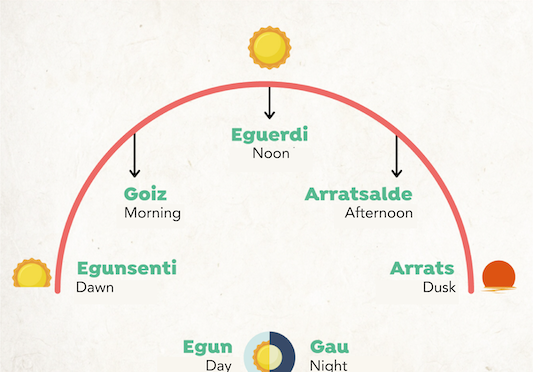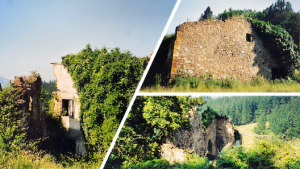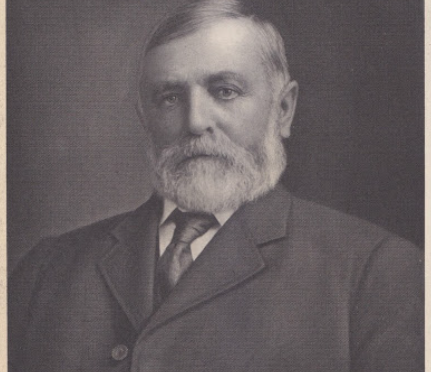Every culture has their goblins – little creatures that make mischief. The Basques are no different. They have a variety of such creatures that can both help people but also cause problems. At the same time, there are humans that can also be forces for good and evil, using their powers to help or harm others. In some stories and across different places, these characters can mix. The intxisua are one example, where in some places they are goblins and others they are warlocks or male witches.

- Intxisua (or intxisu, intxiso, intxixu, intxitxu, intxusi, itxiso) are mythological creatures that form part of the local folklore of Oiartzun and Ataun, in Gipuzkoa, where the creatures were said to live. Depending on the story, the intxisua was either a male witch or warlock, an elf, or a goblin. They can also take the form of animals, depending on the story.
- In the stories from Ataun, it seems the intxisua was the husband of a witch – a witch himself, but always connected to his wife. Like most witches, he could make predictions, perform healing practices, and act as a counselor to his neighbors.
- On the other hand, the intxisuak of Oiartzun were more like elves or goblins. These intxisuak hid in caves, living in holes in the rock surrounded by their wealth. They were said to have built some of the cromlechs and megaliths of the area, a feat also often attributed to the Jentilak. They spent the whole year in the mountains, except for carnival when they would descend and take over the town.
- These Oiartzun intxisuak were short, barely a meter or yard tall. They were thin, dark-skinned, and covered in body hair, including a thick beard. As builders of the cromlechs, they were very strong, though in some accounts their strength only came at night.
- The intxisuak are still evoked even today. When a dog barks for no reason or a strange sound is heard at night, people blame the intxisuak. When a kid is being bad, they say “Intxisua baino bihurriagoa zara” – you are naughtier than the intxisua.
- The intxisuak live on today, as part of the Ihotik fiestas of Oiartzun that happen the week before carnival. Along with many other colorful characters, people dress up as intxisuak, one for each neighborhood of the town, and take over the town hall.
A full list of all of Buber’s Basque Facts of the Week can be found in the Archive.
Primary sources: Intxisua, Wikipedia; Oiartzungo Ihotik, Wikipedia





















